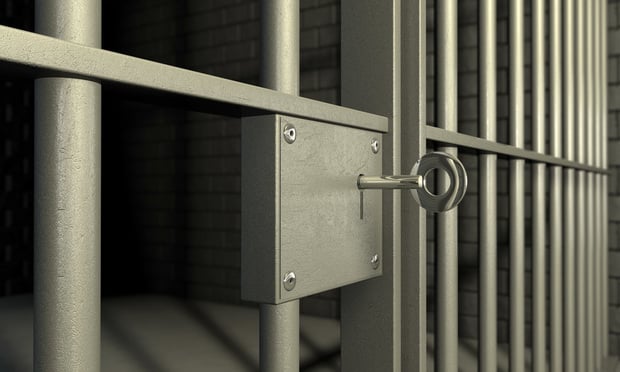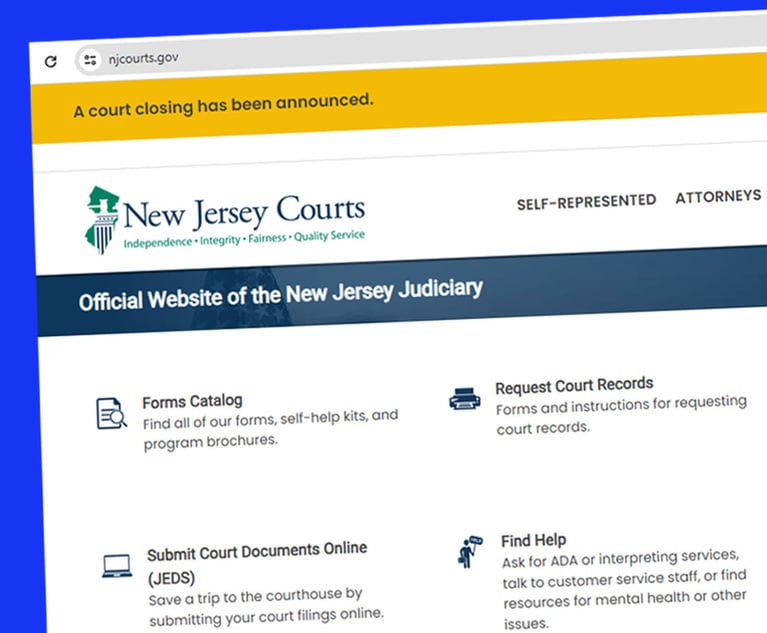President Trump signed this multi-year, bipartisan federal criminal justice legislation on Dec. 21, 2018. Congress has finally begun to follow the lead of some states in coming to grips with the huge fiscal and human costs associated with mass incarceration and difficult reentry into society for those convicted of crimes. The act contains many compromises and is not seen by anyone as perfect or eliminating the need for further reform.
The act requires that a federal prisoner, subject to availability and security matters, be placed in a federal prison “as close as practicable to the prisoner’s primary residence.“ This is an important response to the problem of family separation, which interferes with rehabilitation. The law also liberalizes the opportunity for low-risk inmates to serve a portion of their sentence through home confinement; expands eligibility for elderly offender home detention and compassionate release; requires the Bureau of Prisons to assist in obtaining the proper forms of identification prior to release; requires the bureau to expand its treatment of opioid and heroin addiction; requires a wide range of new types of information to be provided by the bureau; requires the bureau to provide female inmates with sanitary products free of charge; restricts the use of solitary confinement for juveniles; provides funding for reentry programs at the state level; restricts enhanced sentencing and mandatory minimum sentences for prior drug felonies (not retroactive); liberalizes the three-strikes law; makes retroactive the 2010 elimination of the disparity between crack-cocaine and powder-cocaine; restricts the use of restraints on pregnant inmates; requires the development of a “recidivism risk” assessment of each inmate and provides incentives for their participation in recidivism-reduction programs; and provides, at least for some prisoners, the possibility of receiving “time credits“ that lead to earlier pre-release custody.







